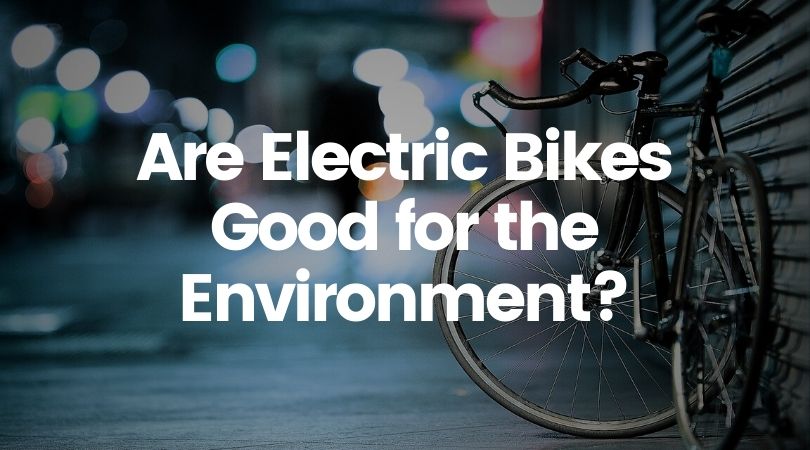Translating E-Bike Classifications: An Introduction Of Their Significances
Translating E-Bike Classifications: An Introduction Of Their Significances
Blog Article
Produced By-Mouritsen Lopez
If you're thinking about purchasing an e-bike, understanding the various classes is key in making a notified decision. You may be shocked at how each class uses distinct features that accommodate numerous riding preferences and legal demands. From pedal-assist alternatives to throttle-controlled versions, each class has its benefits. So, before you decide on the excellent e-bike for your needs, it's critical to grasp the differences between Class 1, Course 2, and Class 3 e-bikes.
Class 1 E-Bikes
Course 1 E-Bikes are specified as pedal-assist electrical bikes that give aid only when you pedal, discontinuing to do so once you reach 20 miles per hour. These bikes are excellent for those looking for a little additional increase while still wishing to obtain some workout. Class 1 E-Bikes use a smooth transition in between pedaling and electric support, aiding you overcome hills and cross countries easily. The motor begins as quickly as you start pedaling, giving an all-natural and simple and easy ride experience.
One of the crucial advantages of Class 1 E-Bikes is that they're enabled on a lot of bike courses and routes where traditional bikes are allowed. This indicates you can check out new courses and enjoy the open airs without any constraints.
In addition, these bikes are green and supply a lasting mode of transportation, reducing your carbon impact while still obtaining you to your destination successfully.
Class 2 E-Bikes
Proceeding from the pedal-assist characteristics of Course 1 E-Bikes, Class 2 E-Bikes present a brand-new aspect right into the electrical bicycle world. These e-bikes feature a twist throttle feature, permitting you to ride without pedaling in any way. With this enhancement, you have the option to just engage the throttle and let the motor do the work, pushing you ahead effortlessly.
Class 2 E-Bikes are optimal for motorcyclists that may require a break from pedaling or require help when beginning with a full quit. This function makes them particularly appealing for people with limited movement or those that want an even more leisurely riding experience.
However, it is essential to keep in mind that Class 2 E-Bikes are still governed by a speed limit of 20 mph, ensuring safety and security and compliance with regulations.
Course 3 E-Bikes
For riders looking for a more dynamic electric cycling experience, Course 3 E-Bikes offer enhanced speed and efficiency compared to their Course 1 and Class 2 equivalents. Class 3 E-Bikes are called "speed pedelecs" and can reach rates of as much as 28 mph, offering a thrilling adventure for those searching for an added boost. These bikes come geared up with a pedal-assist system that starts when you begin pedaling, making it less complicated to preserve higher rates with much less initiative.
One key feature of Course 3 E-Bikes is that they aren't limited to bike lanes just; they can likewise be utilized on streets where the rate limit is 30 mph or lower. This adaptability enables bikers to navigate via website traffic more efficiently while still enjoying the benefits of electrical assistance.
Nonetheless, it's important to keep in mind that some locations might have certain laws pertaining to using Class 3 E-Bikes, so always examine local laws prior to hitting the trail.
https://www.bicycling.com/bikes-gear/g40048300/best-ebikes-on-amazon/ , since you recognize the differences in between Course 1, 2, and 3 E-Bikes, you can make an informed decision on which kind finest suits your needs. Whether you favor pedal-assist, throttle attribute, or greater rates, there is an E-Bike course out there for you. Keep in fat dirt bike tires to consider your regional laws and personal choices prior to making your selection. Happy riding!
